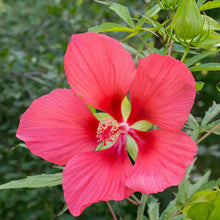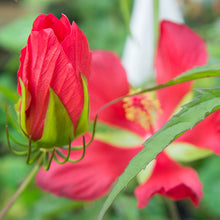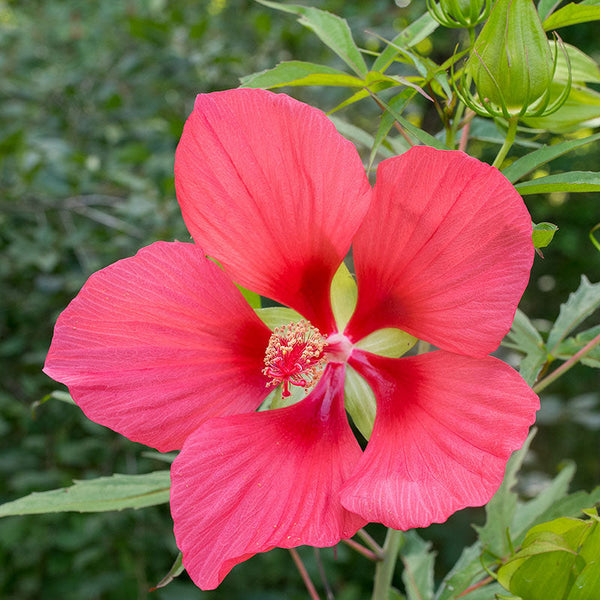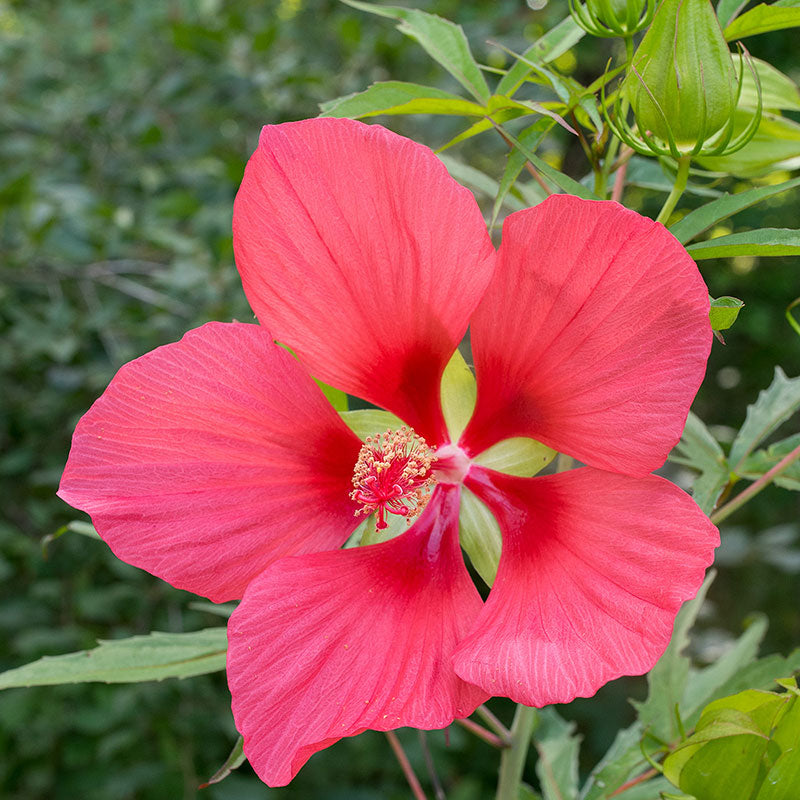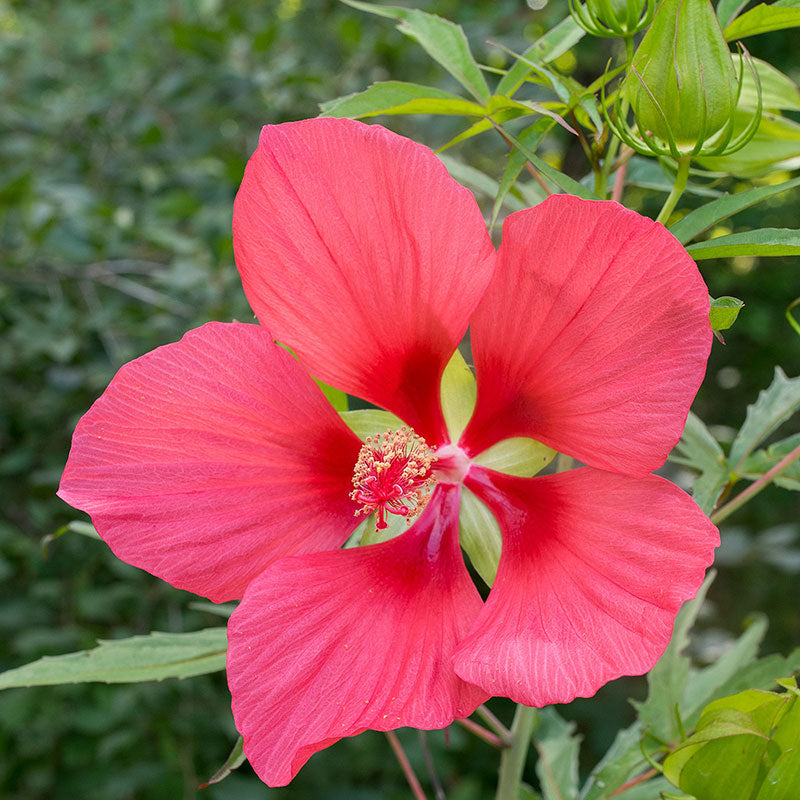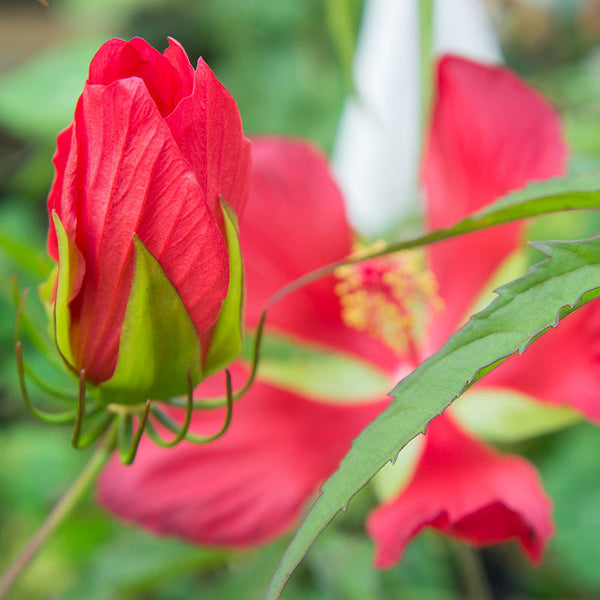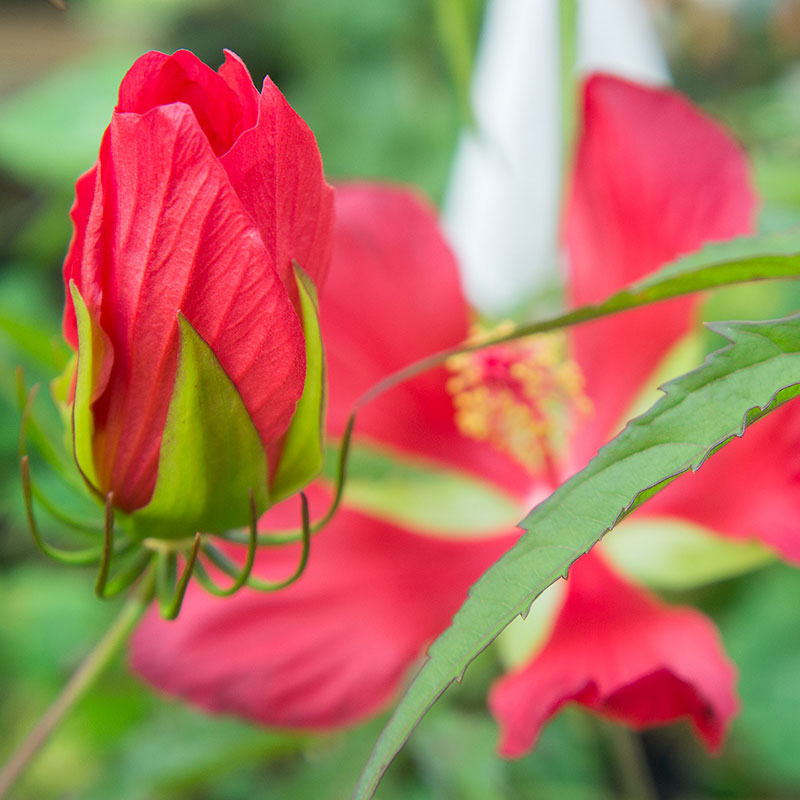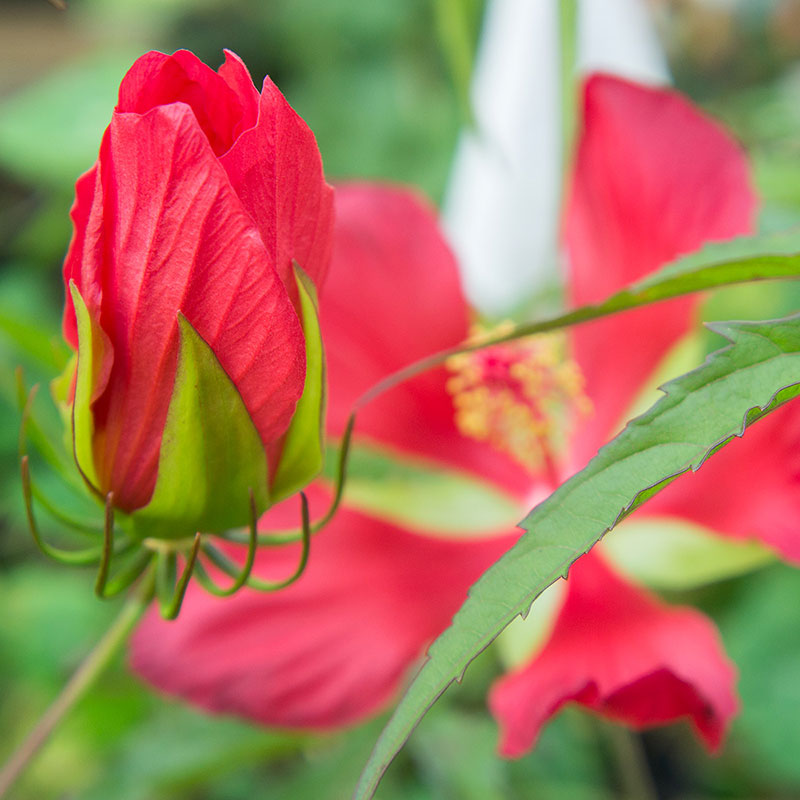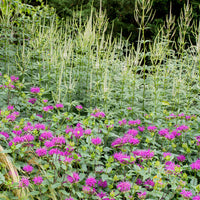SOWING INSTRUCTIONS
Depth:
Scarify by chipping or filing seed and then soak in warm water for about an hour. Surface sow.
Seed To Bloom:
14-16 weeks
Starting Indoors:
Start in pots 8 weeks before the last spring frost. Keep at about 70-80°F. Sterile germinating mix to prevent fungal problems.
Starting Outdoors:
Direct sow after last spring frost in warmer areas (zones 7+).
WHEN TO SET OUTSIDE
2 weeks after last springtime frost.
PLACEMENT & CULTIVATION
Texas star satisfies the hunger for a lavish, tropical look in northern gardens and is reliably perennial south of zone 6. A feast for the eyes, the 6" across flowers are showy and free-blooming in moist soils in full sun. Lovely with white swamp milkweed and cardinal flowers in rain gardens or alongside a stream or pond. It can be grown in a large tub in a warm, sheltered site in cooler summer regions. Overwinter dormant indoors in a cool basement.
Soil pH:
Prefers neutral but will tolerate slightly acidic to slightly alkaline
Fertilizer:
Mix in about 2" of compost prior to planting, and mix in about an inch each spring if growing as a perennial.
Diseases & Pests:
If aphids are a problem, hose down the plants daily until the insects are no longer present.






























